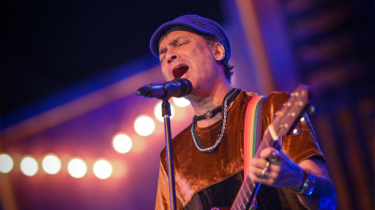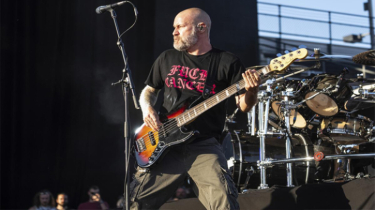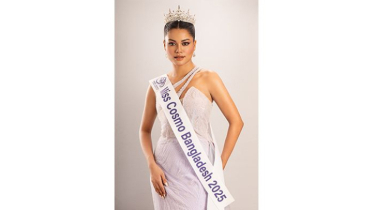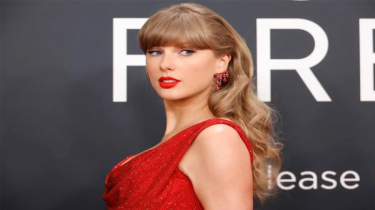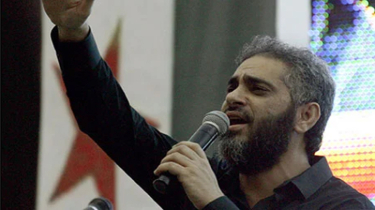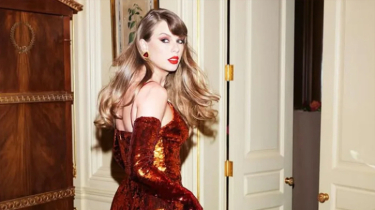Hulk Hogan became a cultural icon just when America was ready for him: the 1980s
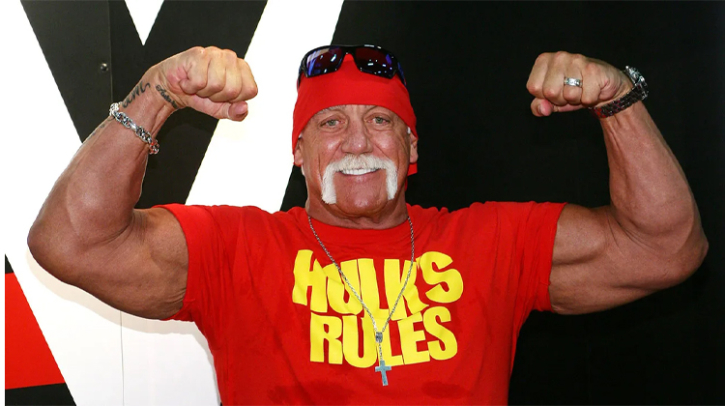
Published : 15:40, 27 July 2025
In the 1980s, Hulk Hogan burst into American pop culture at the perfect moment.
When Rick Derringer’s electric guitar riff from “Real American” hit the loudspeakers, tens of thousands of Hulkamaniacs would leap to their feet, ready to cheer on their hero as he charged into the ring. Dressed in his signature half-torn T-shirt and with a bandanna clenched between his teeth, Hogan took on the villains of the decade — whether they were Russian, Iranian, or simply represented any threat to the WWF title or the ideals of America itself.
With his heavily oiled biceps gleaming under the lights, he would point defiantly at opponents like “Rowdy” Roddy Piper or Jake “The Snake” Roberts — wrestlers whose nicknames hinted at just how dangerous they were — as patriotic music blared and the crowd roared.
In the Reagan-era vision of an idealized America, no one embodied the image of the heroic, flag-waving American more than Hulk Hogan.
“We had greats like Gorgeous George, Buddy Rogers, and Bruno Sammartino,” said WWE Hall of Famer Sgt. Slaughter, “but nobody captured the spotlight like Hogan. He wanted to be unforgettable — and he pulled it off.”
A Symbol of American Heroism — and Excess
Hogan, who died Thursday in Florida at 71, crafted a persona as the quintessential all-American hero. With the physique of a comic book character and the charisma of a movie star, he was like John Wayne and Sylvester Stallone rolled into one — only fans could actually reach out and touch him.
He stood for virtue, always playing by the rules, waving the American flag, and delivering clean victories over "evil" opponents. He urged young fans to “train, say your prayers, and eat your vitamins.”
Outside the ring, Hogan appeared everywhere — from Saturday Night Live to action films — and was one of the most recognizable figures in entertainment. His promotional rants were wild and loud, his physique jaw-dropping, and his larger-than-life stories (true or not) only added to the myth.
But behind the character was Terry Gene Bollea, a man whose real-life struggles with fame, scandal, and personal contradictions caught up with him. He admitted to using steroids, was embroiled in a sex-tape controversy, and faced backlash over racist remarks — scandals that marred his legacy and strained his ties with fans and WWE.
A Hero With Flaws — In and Out of the Ring
Though the wrestling was scripted, the physical toll was real — and so were the emotional consequences. Hogan, once WWE’s crown jewel, was later suspended from the organization amid scandal and criticism. Even die-hard wrestling fans found it hard to ignore his missteps.
His final WWE appearance came in January during the company’s first Netflix event, following a fiery speech at the Republican National Convention in support of Donald Trump. But instead of nostalgia and cheers, Hogan faced hostility from the crowd, partly due to his perceived alignment with MAGA politics, past controversies, and a growing disconnect with modern fans.
He wasn’t there to reclaim past wrestling glory. Instead, he was promoting his own beer brand — one many saw as aimed at a conservative audience. But this time, no theme music or heroic promo could save him from being nearly booed offstage.
“This wasn’t the fun, storyline booing like in his ‘Hollywood’ Hogan era,” said ESPN’s Marc Raimondi. “This was the real kind — people didn’t want him there.”
Even Hogan admitted the political fallout played a role. “I think the politics had a whole lot to do with it,” he said in an interview earlier this year.
A Complicated Legacy in Wrestling History
Hogan envisioned himself as pro wrestling’s Babe Ruth. With Vince McMahon’s backing, he helped transform wrestling from a Saturday morning niche into a prime-time juggernaut with massive live shows, pay-per-view events, and global appeal. He became a cornerstone of WWE’s rise to a billion-dollar empire.
At his peak, fans bought into the image — not necessarily of Terry Bollea, but of the larger-than-life figure Hulk Hogan had become. He had the fame, the money, the championships — all thanks to a persona crafted for and by the cultural moment of the 1980s.
“He didn’t just become a legend,” Sgt. Slaughter said. “He became legendary.”




